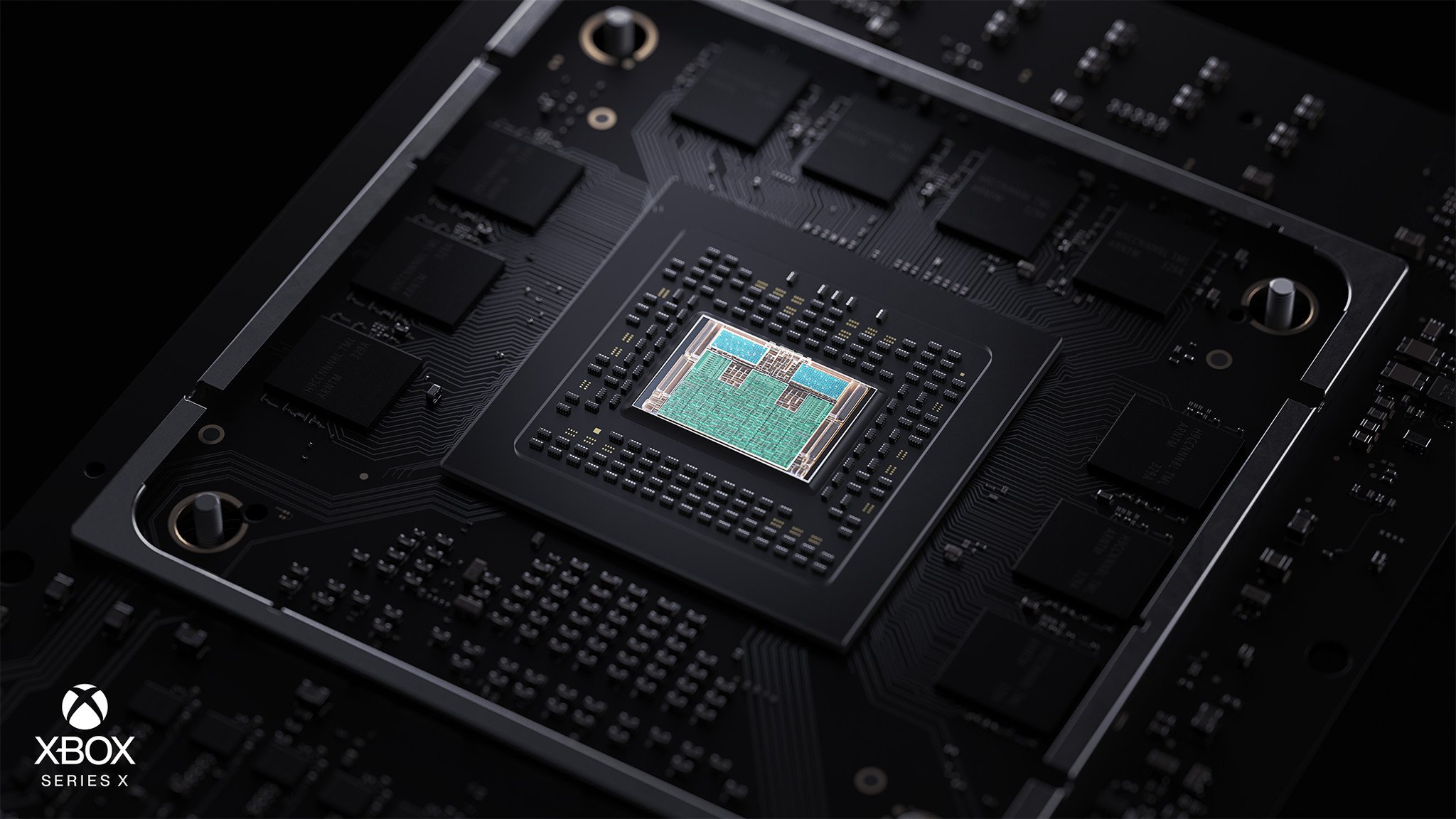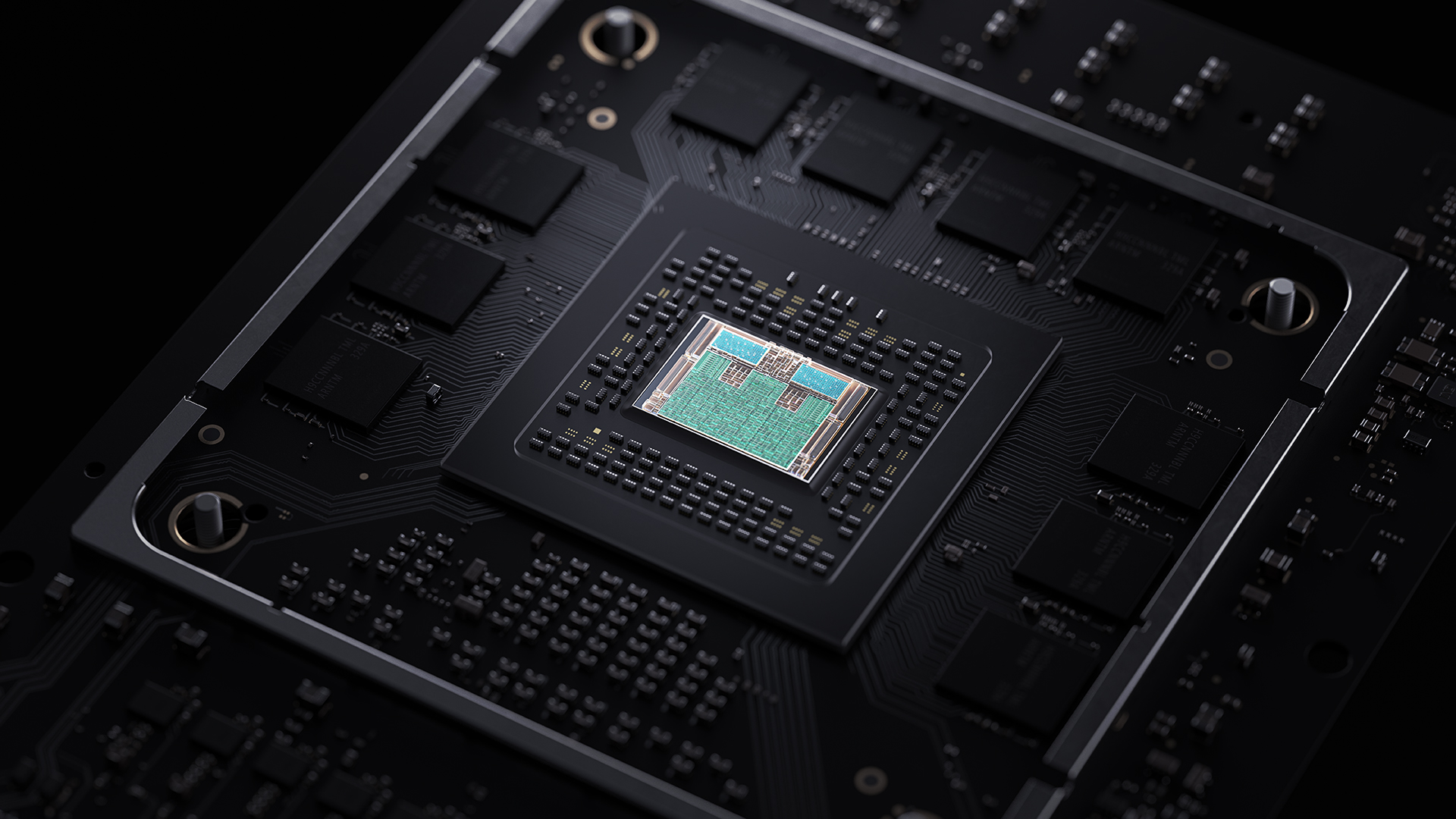PaintTinJr
Member
I don't believe that is correct.If you use the slower RAM at all, the whole bandwidth goes down to the slower speed
So you have 2 choices: faster bandwidth limited to 10 GB of RAM for games
slower bandwidth with 16 GB of RAM (13.5 GB for games)
IIRC they said both can be used discretely at full speed - adding the bandwidths probably when loading CPU and GPU data at game boot and game loading, but once the CPU or GPU touches the opposite portions of memory then the whole 16GB drops to the slower 336GB/s speed.
In reality how you can have a game doing user input controller reads at (Nyquist–Shannon) sampling (theorem) rates to update the CPU workload 120, 60 or 30 times per second, that then alter the GPU workload without dropping memory speed whne updates are a constant stream of isochronous traffic is an interesting conundrum - maybe DMA'ing from main memory to the SSD and then DMA'ing from the SSD to GPU constantly would bypass the memory hit of controller updating game logic; and also allow GPU physics simulations to impact gameplay logic in the CPU(audio processing too) instead of just eye candy physics confined to GPU memory.
Maybe the higher Zen2 clocks and ability to disable SMT are for doing gameplay phyiscs logic entirely on the CPU. They've probably got some secret sauce that handles all this without a hit, but I don't recall it being mentioned, or maybe I've misunderstood.










